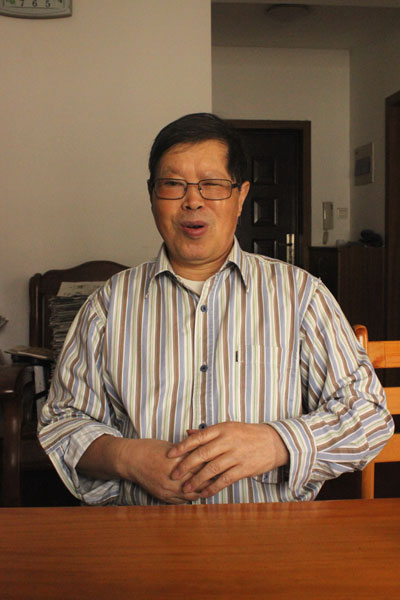 |
|
Lu Yaozu, the fifth-generation architect, hopes to revive the past glory of his ancestors.[Photo by Wang Kaihao/China Daily]
|
Xu Jianhua, deputy head of the Xiangshan group association, says that the lack of prominent young inheritors is stalling development of the craft. "It will take at least eight years to nurture a qualified Xiangshan architect. What we can provide now is merely a few months of training," Xu says.
There isn't enough money in the profession and many local people are switching to better jobs. The average monthly salary for today's artisans is often less than 6,000 yuan ($960), which isn't the best pay in Suzhou, one of China's most developed cities. Though migrant workers fill the gap, Xu is concerned about maintaining the traditional standard.
"Even Kuai Xiang's sons abandoned the job after the 23rd generation, and now you can hardly find local artisans below 40," he says, adding that society has failed to respect skilled workers. The absence of a clear national policy on construction and renovation of ancient buildings is an additional challenge.
"Some historians emphasize various styles in different regions and oppose plans to set up a uniform standard. But it is too difficult to maintain quality without a national rule, to regulate the market," Xu says.
Fang Ming, 31, is among young local artisans whose hearts still beat for the craft. Although from a family of the Xiangshan group, he had once moved away from carpentry. He opened a tattoo studio and worked in animation. But he returned in 2003.
Fang says he is optimistic about the future of carpentry because local rich customers prefer traditional gardens in their houses, and they demand conventional skills.
"The Xiangshan group, like the Chinese people, has suffered many strikes. But it will always inherit traditions from former generations."
We Recommend:
